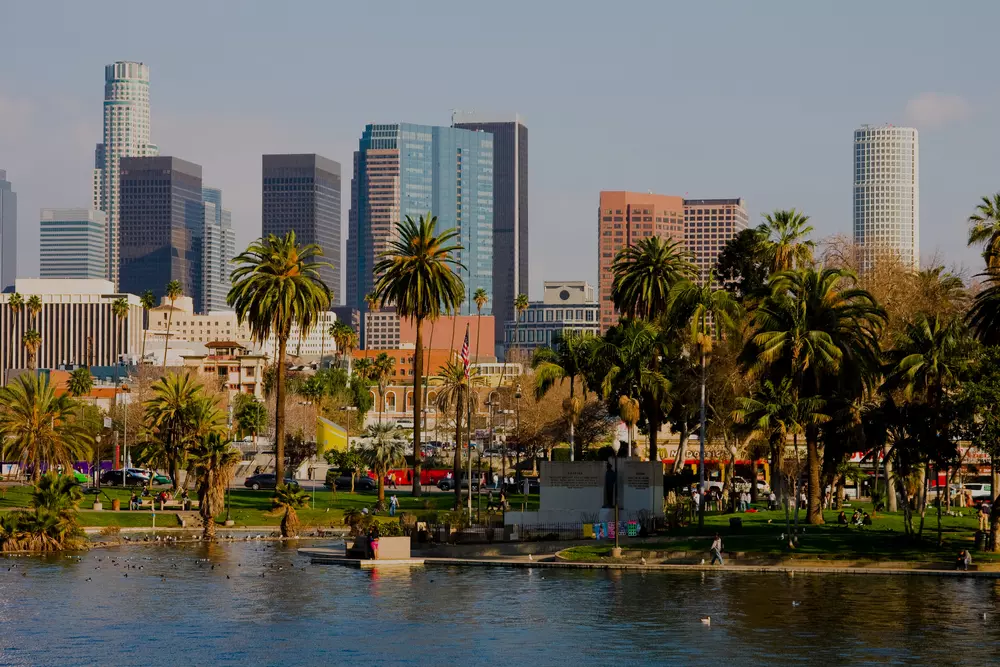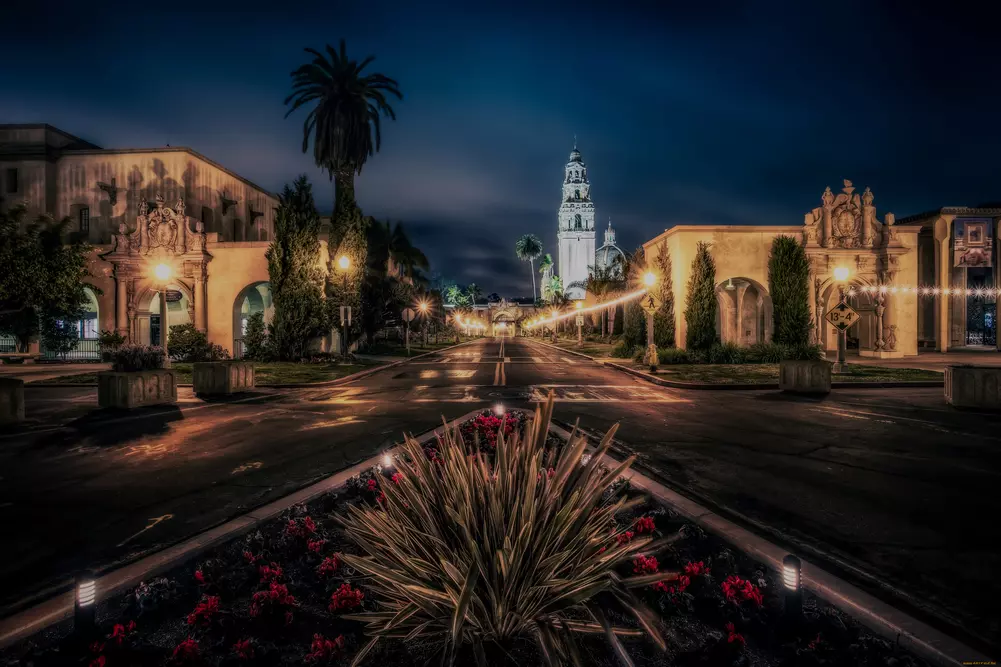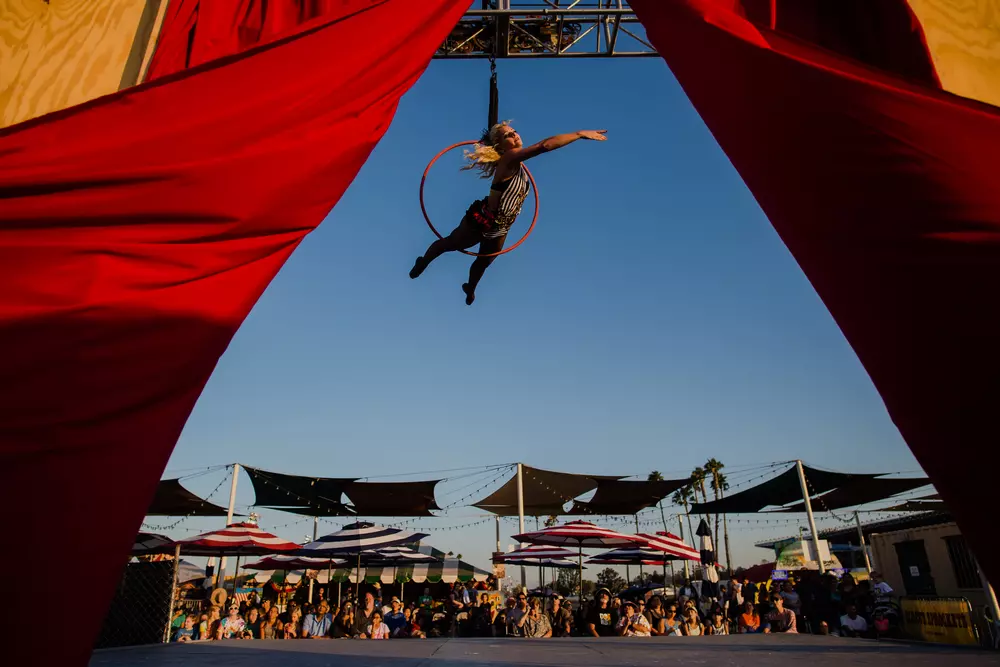The Natural History Museum of Los Angeles County is the largest museum in the United States focused primarily on the history long before the appearance of humans.
The museum houses three floors of permanent exhibits. Among the most popular are exhibitions dedicated to animal habitats, dinosaurs, insects, birds, and urban wildlife in Southern California. The collection totals 35 million exhibits about dinosaurs, birds, and rare minerals.
The institution features dioramas, fossils, and various interactive exhibits. Its mineralogy and Pleistocene paleontology collections are highly revered in the scientific community due to the richness of the specimens presented. The museum also hosts a butterfly pavilion outside in the spring and summer, and a science pavilion in the same place in the fall.
If you decide to visit on a free admission day, we recommend purchasing tickets in advance to ensure entry and comfortably wait out what can be quite a long line. We also suggest visiting the Natural History Museum of Los Angeles County on the same day as the California Science Center. They are just a few minutes' walk from each other, and it's a great opportunity to visit both museums while paying for parking only once. A little life hack for you.
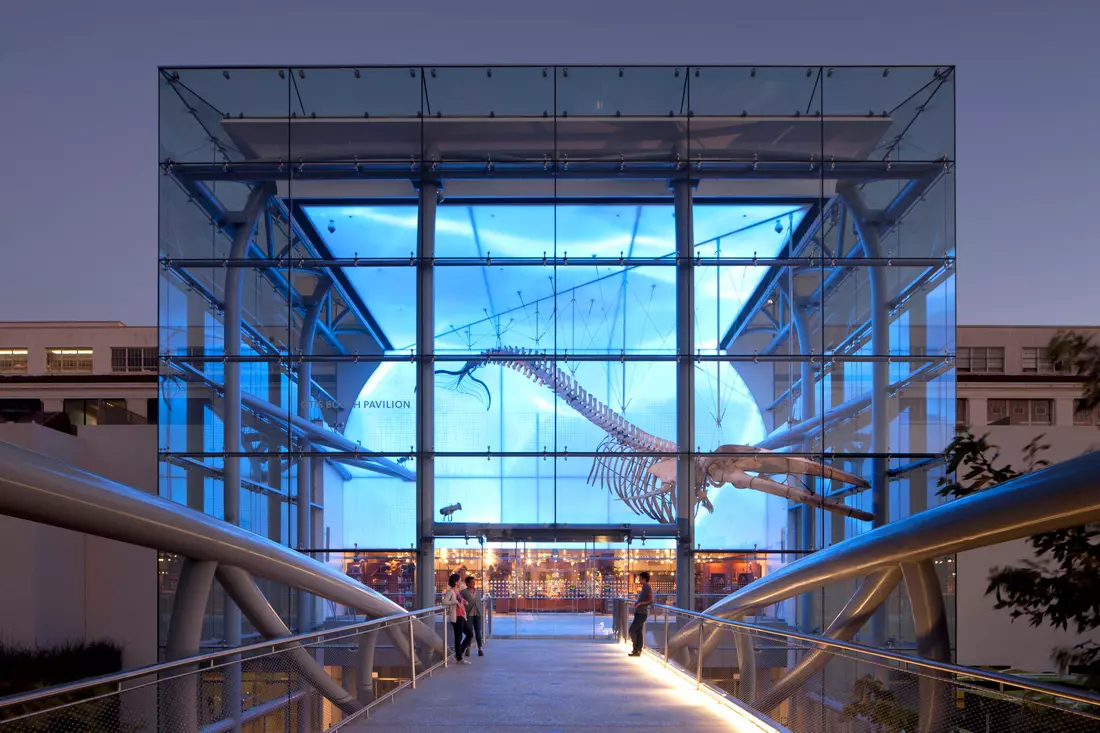
History of the Museum
Originally, the museum was established in 1913 as a place dedicated to history, science, and art, featuring a marble-walled building with a domed rotunda and columns. It was later listed in the National Register of Historic Places (NRoHP).
In 1961, the Natural History Museum was split into two: the first focusing on history and science, and the second on art. Soon after, the first was renamed the Natural History Museum of Los Angeles.
In 2003, the museum launched a campaign to transform its exhibits. It began with the opening of the mammal exhibition in 2010. The dinosaur hall opened in July 2011, and a new historical exhibit, "Becoming Los Angeles," was inaugurated in 2013. The opening of the outdoor gardens and the nature lab, which focus on studying wildlife, also took place in 2013.
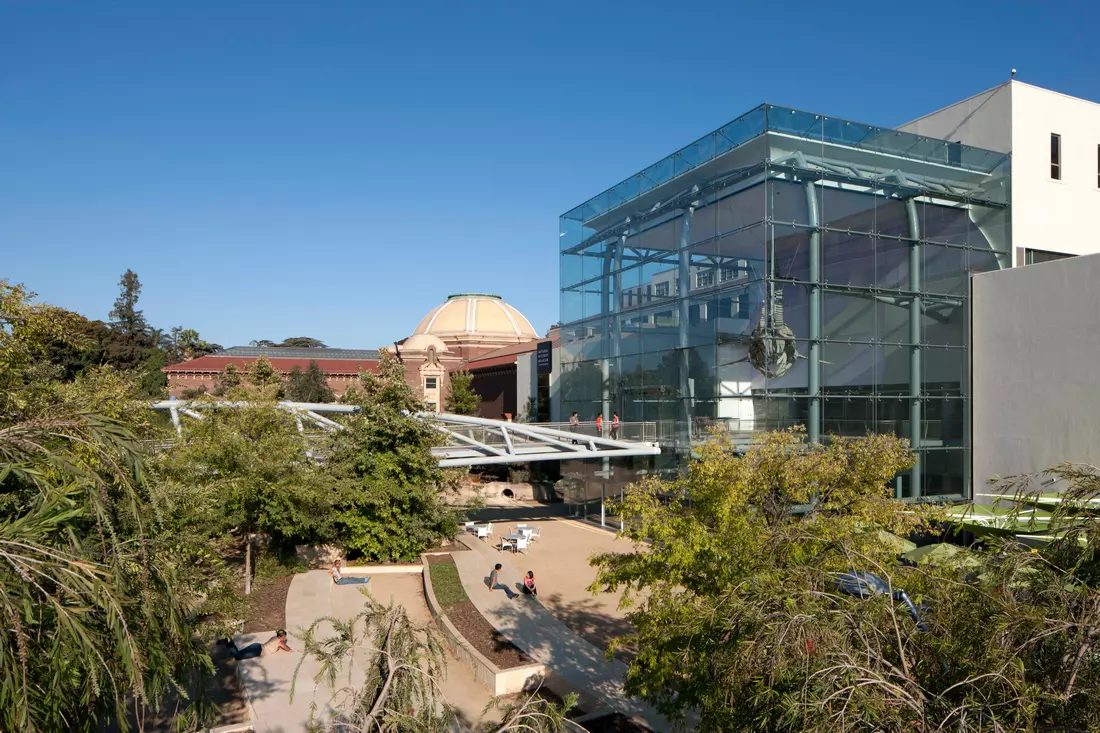
Studying dinosaurs
Your adventure at the Natural History Museum of Los Angeles begins with exciting stops: the Hall of Gems and Minerals, the North American Mammals Hall, and the African Mammals Hall.
A pivotal moment of the tour is entering the Dinosaur Hall, where fans of these ancient creatures will appreciate one of the world's largest exhibitions. Spanning 14,000 square feet, it includes numerous dinosaur fossils. The exhibit features a series dedicated to the growth of the Tyrannosaurus, showcasing every stage of its life — from youth to adulthood. This awe-inspiring display offers a unique chance to view fossils that share space with complete skeletons of a Stegosaurus and a Triceratops, each impressing with their formidable presence.
The museum also highlights recent achievements in paleontology, presenting changes in our understanding of dinosaurs and various scientific hypotheses. This exhibition fosters curiosity, challenges established views, and offers visitors an in-depth immersion into the world of ancient reptiles, standing out from more traditional and static displays, such as the Hall of Gems and Minerals, which provides a broader space for exploration.
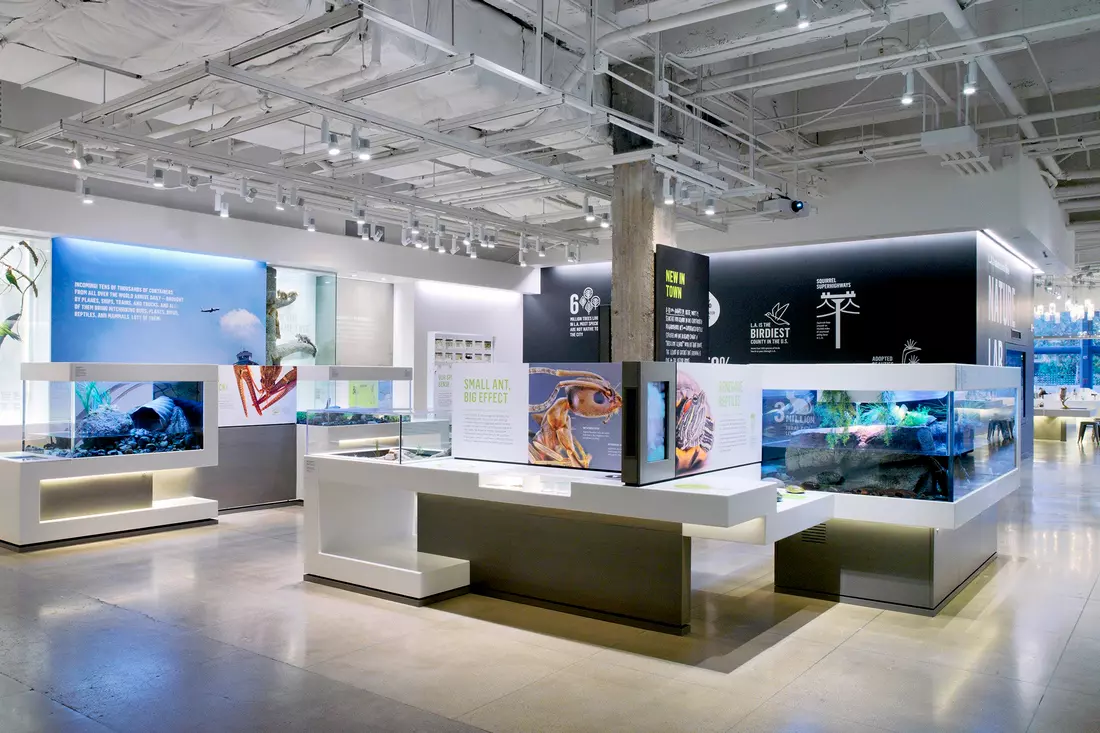
Things to do at the Natural History Museum
- The Ralph W. Schreiber Hall of Birds was funded by Jimmy Stewart and other celebrities in 1988. Although this hall now appears outdated, it is intentionally designed to evoke a 1980s time capsule.
- Becoming Los Angeles is an exhibit that narrates the evolution of the city from a small community to a sprawling metropolis.
- The Fossil Halls. The Natural History Museum of Los Angeles County is renowned for its fossil halls, which boast one of the most extensive collections of mammalian fossils in the Western Hemisphere. Notably famous is the hall featuring mammoths and woolly rhinoceroses discovered in the La Brea Tar Pits.
- The Insectarium. The museum also houses one of the largest insectariums in the country, where visitors can observe live insects and other invertebrates. The exhibit includes exotic species such as stick insects, giant cockroaches, and spiders, showcasing their behaviors and adaptations to their environments.
- The Butterfly and Bird Garden. This seasonal outdoor butterfly garden offers visitors a unique opportunity to get up close with live butterflies, freely flying among beautiful plants and flowers, making it an ideal spot for family outings. This area also includes a space for bird watching, where local bird species can be seen in their natural habitat.

Additional Information
At the Natural History Museum of Los Angeles County, visitors will discover a multitude of unique exhibits that cater to the curiosity and interests of people of all ages. From fascinating ancient fossils to picturesque butterfly and bird gardens — every corner of the museum promises new knowledge and unforgettable experiences.
If you are looking for an educational and inspiring adventure in Los Angeles, do not miss the opportunity to visit this amazing museum. For maximum convenience and an enriching experience, contact American Butler to book personalized museum tours. We guarantee that your visit will be as comfortable as it is educational.
Contact American Butler today to learn more and book your next tour!























